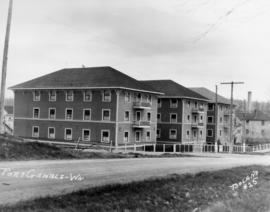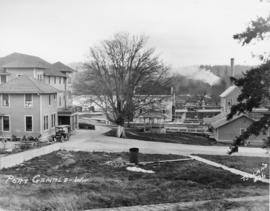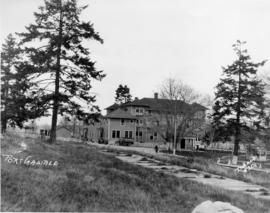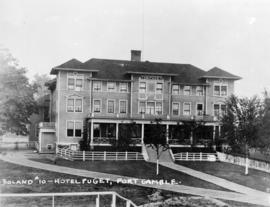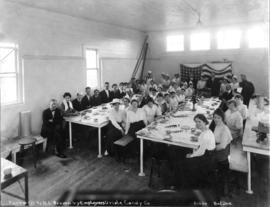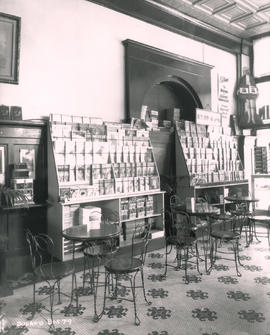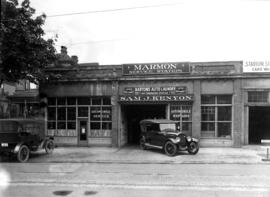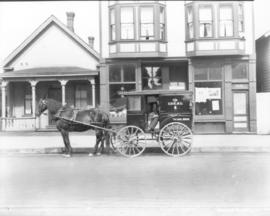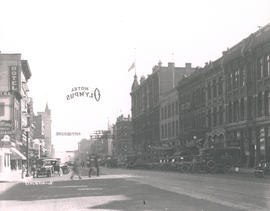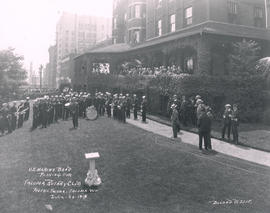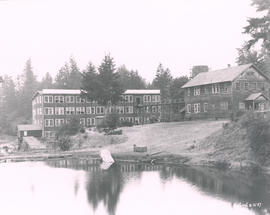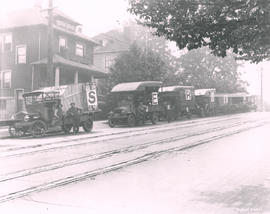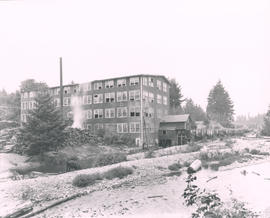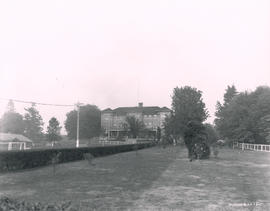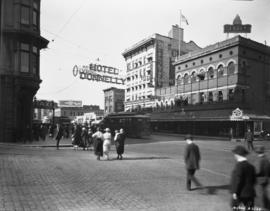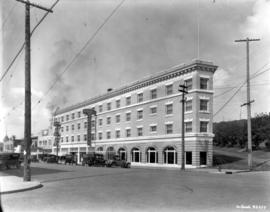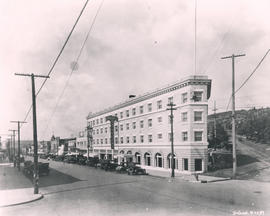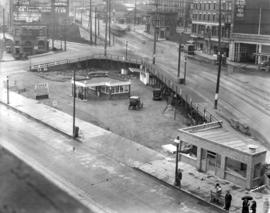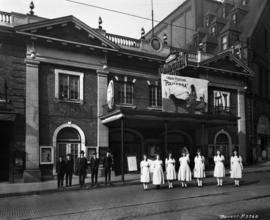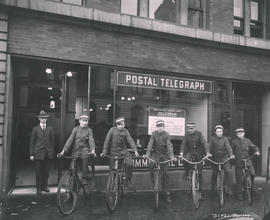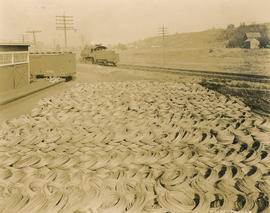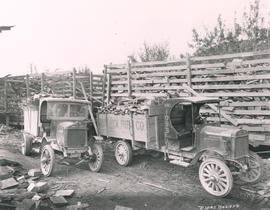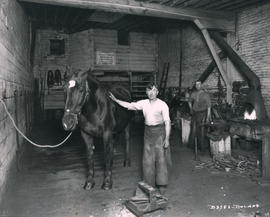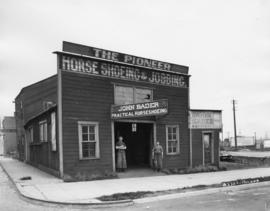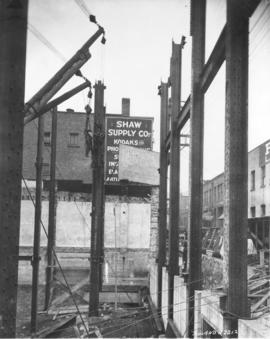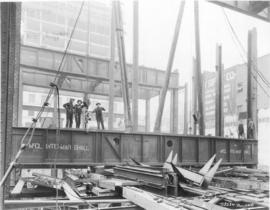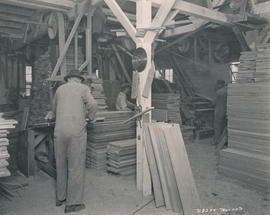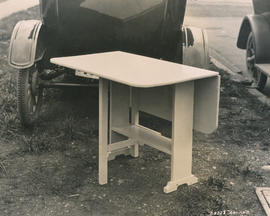- Item
- 1918
Part of Marvin Boland Photographs
ca. 1918. The Puget Hotel Annex, circa 1918, in Port Gamble, Wa. Port Gamble, located in Kitsap County about 35 miles from Seattle, is one of the few surviving examples of a company town. It was founded in 1853 by partners Josiah Keller, William Talbot, Andrew Pope and Charles Foster who formed the Puget Mill Co. In 1907, the company built a luxury hotel called the Puget Hotel for visitors, but this did not solve the housing problems of transient workers; the loggers, sailors and longshoremen who did not work for the company and qualify for company housing but could at times make up 1/3 of the town's population. The Puget Annex was built to provide low cost rooms for these boarders. ("The Coast" magazine, Jan. 1909, Vol 17 No. 1, pg. 92; online Historylink.org Port Gamble cybertour) Boland #25
Puget Hotel (Port Gamble); Lumber industry--Port Gamble; Puget Mill Co. (Port Gamble);
